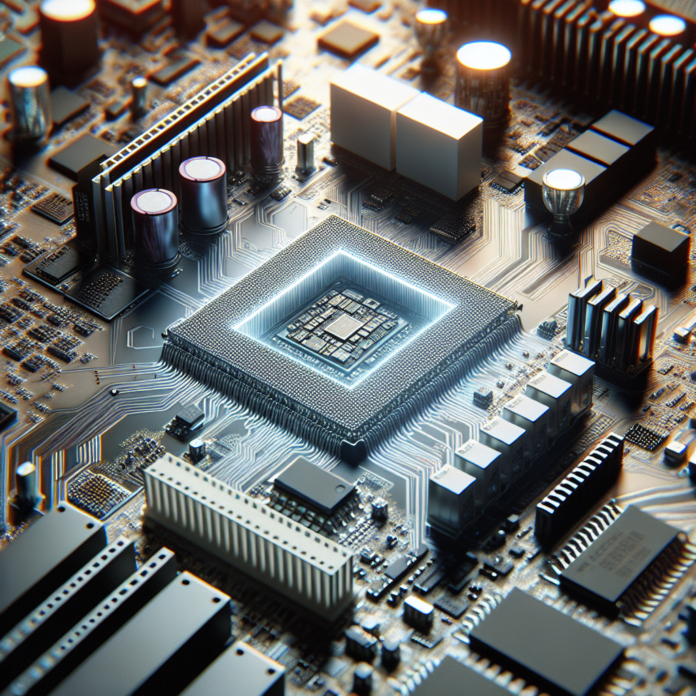The cryptocurrency mining landscape is undergoing a technological metamorphosis as Field-Programmable Gate Arrays (FPGAs) are progressively playing a pivotal role. As miners constantly search for more power-efficient and high-performance methods of mining, FPGAs have emerged as a game-changing technology. This article explores how FPGAs are shaping the future of cryptocurrency mining and highlights some of the companies leading the way.
What are FPGAs?
FPGAs are integrated circuits designed to be configured by the customer or designer after manufacturing – “field-programmable.” This flexibility allows FPGAs to be specialized to execute specific computational tasks with greater efficiency than general-purpose processors like CPUs or GPUs. In the sphere of cryptocurrency mining, this means that FPGAs can be tailored to mine specific algorithms or coins extremely effectively.
Efficiency and Adaptability
The primary advantage of using FPGAs in mining is their energy efficiency compared to other mining hardware. FPGAs provide a significant performance increase per watt, which is vital in an industry where electricity represents a primary operational cost. Furthermore, their reprogrammability makes them resilient to changes in the mining landscape, such as algorithm shifts that make specific mining hardware obsolete.
Companies like Intel are leaders in the FPGA market, offering a range of products that can be leveraged for cryptocurrency mining applications.
Speed and Flexibility
The flexibility of FPGAs allows miners to quickly adapt to new cryptocurrencies or optimize their operations for existing ones. Unlike ASICs that are hard-coded for a single algorithm, FPGAs can be reprogrammed for different algorithms, ensuring miners are not left behind when the mining landscape evolves.
Bitware is one such company providing FPGA solutions tailored for the needs of cryptocurrency miners, offering high-speed and flexible mining hardware.
Cost-Effectiveness Over Time
While FPGAs may have a higher initial cost than other types of mining hardware, their reusability and efficiency can lead to better long-term cost-effectiveness. This aspect is particularly appealing during times when mining profitability is low, as FPGAs can be repurposed or updated without needing a complete hardware overhaul, unlike ASICs.
Improved Security Features
FPGAs also bring enhanced security features to the mining process. Due to their programmable nature, they can implement encryption and other security measures at the hardware level. As security becomes an increasingly important concern in cryptocurrency, FPGAs offer an additional layer of protection against hacking and tampering.
Microsemi, a subsidiary of Microchip Technology, provides FPGAs with built-in security features that can be advantageous for miners.
Conclusion
The integration of FPGAs into cryptocurrency mining is changing the game for miners focused on maximizing efficiency, adapting to market changes, and ensuring long-term viability in an increasingly competitive market. As FPGA technology continues to advance, we can expect to see this hardware become a staple in mining setups due to its versatility, efficiency, and cost-effectiveness.
For those involved in cryptocurrency mining, it’s important to stay aware of the latest developments in FPGA technology and consider how it can be incorporated into their mining strategies. As the industry evolves, FPGAs may well be the key to staying ahead of the curve in the ever-changing world of cryptocurrency mining.




 AGF-B.CO
AGF-B.CO